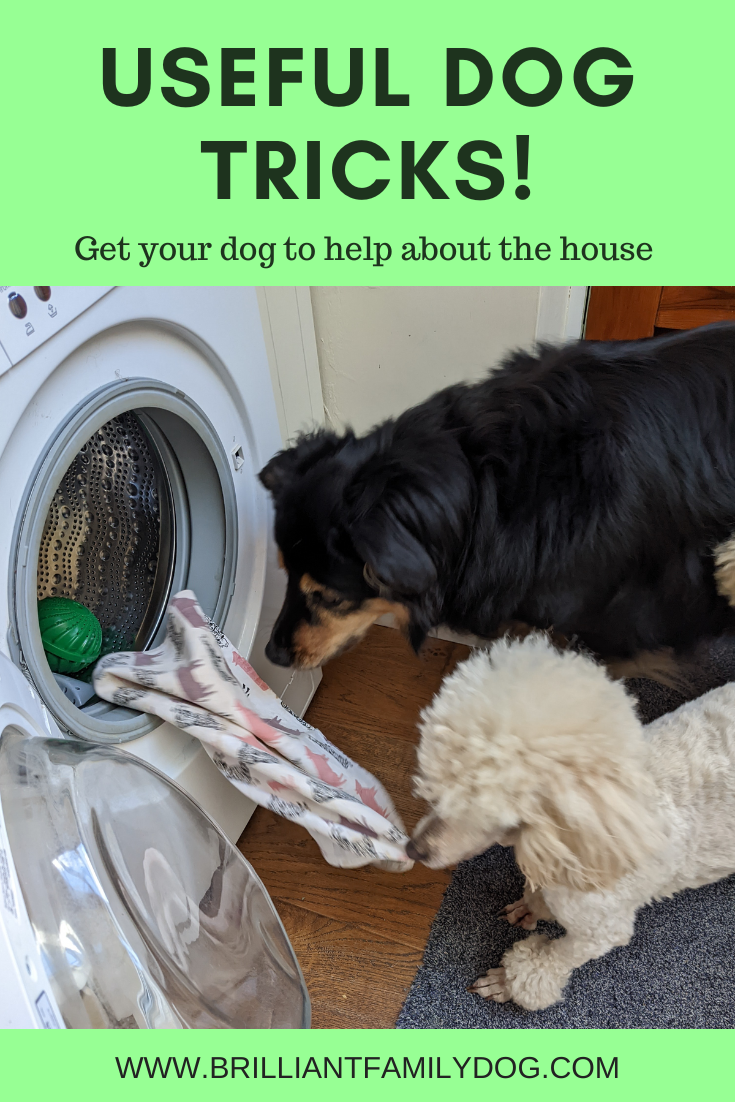Of course if you’re delving in www.brilliantfamilydog.com then you are fully on board with that idea!
Dogs think and feel. They feel pain, grief, affection. They feel fear, loss, joy and sadness.
We who live with the beasties know that.
But it’s horrifying to think of all those who either don’t know it, or simply deny it.
Here in the UK we can celebrate the efforts made to successfully get the new The Animal Welfare (Sentience) Act 2022 passed. It is now law.
Animals’ feelings must be considered when legislation concerning their treatment or environment is made.
And here in the UK a new law emphasises this sentience by making it a crime carrying up to five years' jail for stealing an animal.
The recognition of animals as sentient beings has been enshrined in EU law for a long time. And there are similar assurances of animal sentience in the USA.
Will other countries follow suit?
Insects too
Meanwhile, for those of you interested in all this, here’s an article from the Washington Post, The Consciousness of Bees.
It’s a fascinating read, showing that bees too experience fear and hope. They can think in order to solve problems, and have extensive learning memories, even recognising human faces.
Let us know what you think in the comments below!
Meanwhile, to find more about building a life with your dog that embraces mutual learning and excludes fear - watch our free Workshop on getting your dog to LISTEN!













